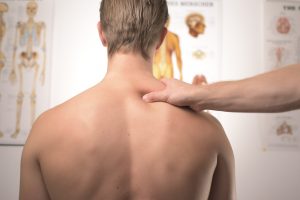Many have heard of or experienced the term “pinched nerve.” Images of burning or numbness heading down the arms or legs accompanied by massive discomfort are just a few things conjured. These are grouped into two subgroups: a pinched nerve in the neck or a pinched nerve in the lower back. For this blog, we’ll dive into a pinched nerve in the neck called Cervical Radiculopathy.
Anatomy of the Neck
The neck is composed of seven bony structures called “vertebrae.” These bones are imperative to spinal function and serve several purposes. They have muscle attachment sites that allow for the global movement of the body. They also protect the central nervous system, part of which is the spinal cord. The spinal cord is the highway by which nerves send signals back and forth from the brain to the body.
Nerves exit the spine through small holes in the vertebra, where they head to the body’s skin, muscles, joints, and other soft tissue structures. They provide input to your brain, like letting your mind know if something brushes against your arm. They also convey signals down to the muscles, like telling your bicep muscle to contract if you want to flex your arm.
Causes of a Pinched Nerve
Cervical radiculopathy is when a nerve in the neck becomes compressed as it exits the spinal column. The result can be a variety of neurological findings. The nerve compression can result in pain, numbness, or weakness in the neck region and down the arm. Think of these nerves as hoses that allow water to flow to and from a site. Compressing the tube, the end product is a noticeably decreased flow and problems.
In younger patients, a pinched nerve is usually the result of a disc herniation or some other sudden injury impinging on the nerve as it exits the spinal column.
In older patients, cervical radiculopathy is often due to narrowing the space for the exiting nerve. These include bone spur formation, degeneration of the cervical discs, and repetitive neck movements.
These injuries can also result from sports injuries. These injuries will present as a sudden, forced extension, side bend, or rotational mechanism to the neck. This traumatic, jarring force often has immediate symptoms. Many former football players may be familiar with the term “stinger.” This is used to imply a football tackle that causes a jolt of pain in their arms or fingers.
It is important to remember that, like anything else in the body, repetitive stresses can also build up to create a problem. Some individuals may recall a day of hard work that triggered the pain. Others may not place their finger on one event but may have a compilation of many micro stresses. These examples can include someone who sits at a computer with poor ergonomics, 8+ hours per day, for many years.
Risk Factors for a Pinched Nerve
- Repetitive heavy manual labor lifting (often more than 25 pounds)
- Prolonged driving or operating equipment that vibrates
- Smoking
- Collision sports (e.g., football, hockey)
- Prior injuries
- Degenerative disc disease
- Osteoarthritis
Treatment for a Pinched Nerve
 We always recommend that patients with cervical radiculopathy try conservative care before engaging in more invasive spine procedures. Initial treatment will focus on reducing the pain and inflammation of the nerve while preventing further neurological loss. This intervention will require reducing the pressure on the nerve by using manual traction to decompress the affected area.
We always recommend that patients with cervical radiculopathy try conservative care before engaging in more invasive spine procedures. Initial treatment will focus on reducing the pain and inflammation of the nerve while preventing further neurological loss. This intervention will require reducing the pressure on the nerve by using manual traction to decompress the affected area.
A cervical pillow is an option while sleeping to help maintain the neck in a neutral position. The pillow can also help by limiting excessive head movements that may further narrow the compressed area. Once the pain and inflammation have been reduced, our doctors will work to restore the pre-injury range of motion and mobility of the neck and shoulder.
Addressing the underlying musculature surrounding the spine as the patient recovers is vital to prevent future injuries. The doctor will formulate a series of exercises (as tolerated by the patient) to strengthen and correct the spinal column.
If a patient fails to respond to conservative care, or in cases of severe neurological loss, a secondary consultation with a neurologist or neurosurgeon may be indicated. We will make that referral if needed.
Whether seeking relief from chronic pain or simply aiming for optimal health, your Livonia chiropractor guides you every step of the way. Contact our office to schedule an appointment by Clicking Here or giving us a call today: 734-427-6333


